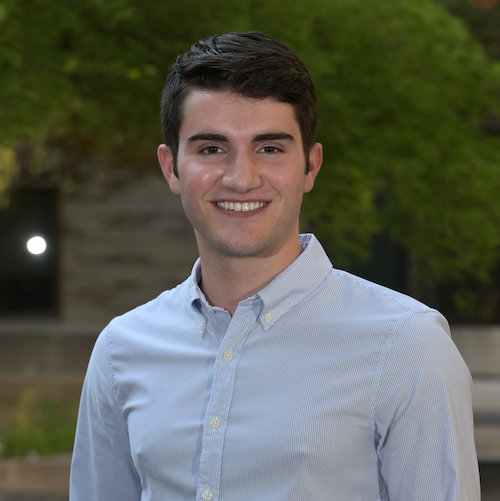 As part of my involvement in the International Scholars Program, I recently had the opportunity to attend the Eastern Economic Association’s annual conference in Montego Bay, Jamaica.
As part of my involvement in the International Scholars Program, I recently had the opportunity to attend the Eastern Economic Association’s annual conference in Montego Bay, Jamaica.
I chose to attend this conference as an introduction to the processes of the world of academia. In terms of both coursework and research, I have wide interdisciplinary interests, and this conference in particular offered a similarly wide variety of session topics. Each session was themed, so I could easily select the panels that most clearly aligned with my interests. Among the panels that I attended over the course of our two days at the conference, I engaged in discussions about the adoption of real-time public transit information on Google Maps, the use of machine learning to identify illegal mining sites, and the stratification of undergraduates along majors.
Almost as important to the experience were the discussions and connections that I made outside of the organized sessions. At the introductory dinner on the first day of the conference, I held engaging conversations, technical and otherwise, with professors from around the world and from various subgroups within economics. The dinner also featured a lecture from world-renowned sports economist Brad Humphreys on his research Professional Sports Subsidies and Urban Congestion Externalities: A Reassessment of 50 Years of Failed Urban Economic Policies. Given that the conference was held at a hotel, I also found myself repeatedly running into the same people, so there were plenty of opportunities to develop these connections through convenient encounters over a meal or by the pool.
Of particular interest to me was the panel that included a presentation of Google Maps as a catalyst for increased use of public transportation—not only does the service combine my interests of geographical information systems with user experience, but the added dimension of real-time information availability brings in the issues of third-party data access, consumer-end infrastructure, and urban sustainability as it relates to transportation methods. Another session that I found exceptionally useful involved the application of machine learning to determine the likelihood that a potential site of illegal mining is indeed that. This paper focused more on the responsiveness of national and local authorities to this prediction system, but it was encouraging for me to once again see a clear connection between my computer science coursework and my interests in the international arena. Having been exposed to such a variety of papers, I am more seriously looking into writing a senior thesis as part of the International Scholars Program.
This experience has provided me with plenty of tools and interests in economics that I can take back to both my current research and my research aspirations in the future.





